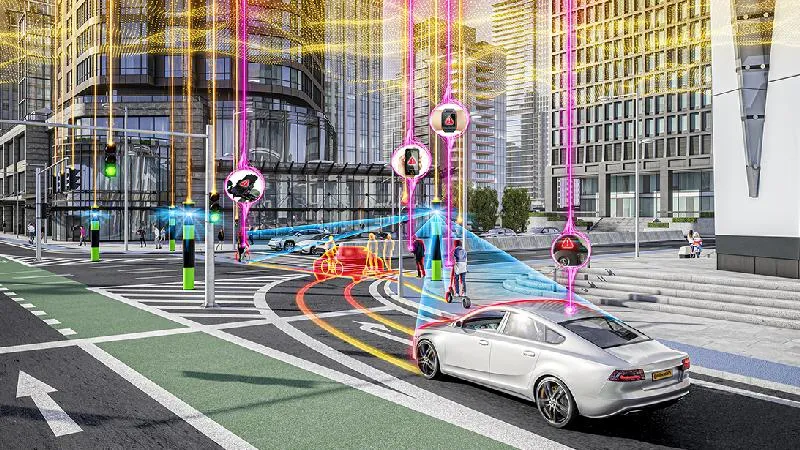Location mapping specialist
According to Here, its Open Location Platform aims to harness real-time data generated by the on-board sensors of connected vehicles to create a live representation of the road environment.
Here will start by sourcing sensor data from vehicles manufactured by its owners Audi, BMW and Mercedes-Benz cars, with plans to later expand to include data from other automakers.
The Open Location Platform will harness the data to deliver four services, Here Real-Time Traffic; Here Hazard Warning; Here Road Signs; and Here On-Street Parking.
Here plans to make the services commercially available to any automaker, municipality, road authority, smartphone maker or app developer to licence from the first half of 2017. As connectivity and vehicle sensor technologies become more pervasive across the industry, Here also plans for other automakers to be able to contribute their vehicle data.
Here unveils latest real-time data services for automotive industry
Location mapping specialist Here is to introduce new vehicle-sourced data services for the auto industry, enabling drivers to access this view of the road through four services that provide information on traffic conditions, potential road hazards, traffic signage and on-street parking.
September 27, 2016
Read time: 1 min









